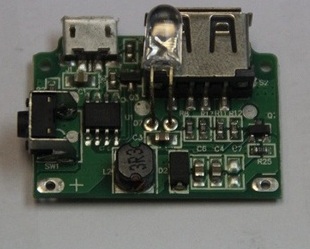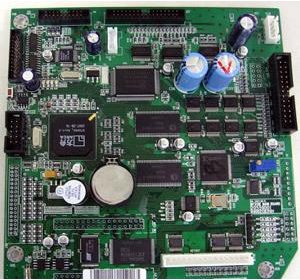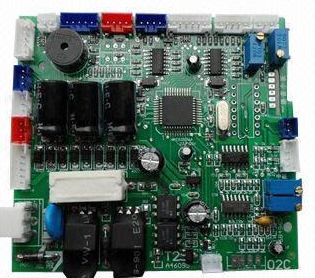
The design performance of multi baseplate is similar to that of single baseplate or double baseplate, that is, pay attention to avoid filling too many circuits with too small space, resulting in unrealistic tolerance, high inner layer capacity, and even endangering the safety of product quality. Therefore, the performance specification should consider the complete evaluation of thermal shock, insulation resistance, welding resistance, etc. of the inner layer circuit. The following describes the important factors that should be considered in multi substrate design.
1、 Mechanical design factors
Mechanical design includes the selection of appropriate plate size, plate thickness, plate lamination, inner copper cylinder, aspect ratio, etc.
Plate size

The board size shall be optimized according to application requirements, system box size, limitations of circuit board manufacturers and manufacturing capabilities. Large circuit boards have many advantages, such as fewer baseplates and shorter circuit paths between many PCB components, which can achieve higher operation speed. Besides, each PCB board can have more input/output connections. Therefore, large circuit boards should be preferred in many applications. For example, in personal computers, large motherboards are seen. However, it is difficult to design the signal line layout on large , which requires more signal layers or internal wiring or space, and the heat treatment is also difficult. Therefore, the designer must consider various factors, such as the size of the standard board, the size of the manufacturing equipment and the limitations of the manufacturing process. 1PC-D-322 gives some guidelines for selecting standard printed circuit/board sizes.
2. Plate thickness
The thickness of the multi base plate is determined by many factors, such as the number of signal layers, the number and thickness of power boards, the aspect ratio of the aperture and thickness required for high-quality drilling and electroplating, the length of component pins required for automatic insertion, and the type of connection used. The thickness of the whole PCB is composed of the conductive layer, copper layer, substrate thickness and prepreg thickness on both sides of the PCB. It is difficult to obtain strict tolerance on the composite multi substrate, and about 10% of the tolerance standard is considered reasonable.
3. Lamination of plates
In order to minimize the probability of PCB board twisting and get a flat finished board, the layering of multi base boards should be symmetrical. Namely, it has an even number of copper layers and ensures that the thickness of copper is symmetrical with the copper foil pattern density of the sheet layer. Generally, the radial direction of the construction material used for lamination (e.g. glass fiber cloth) should be parallel to the edge of the laminate. Because the laminated plate shrinks along the radial direction after bonding, the layout of the circuit board will be distorted, showing variable and low spatial stability.
However, the warpage and distortion of multiple substrates can be minimized by improving PCB substrate, low loss factor can minimize electrical loss.






